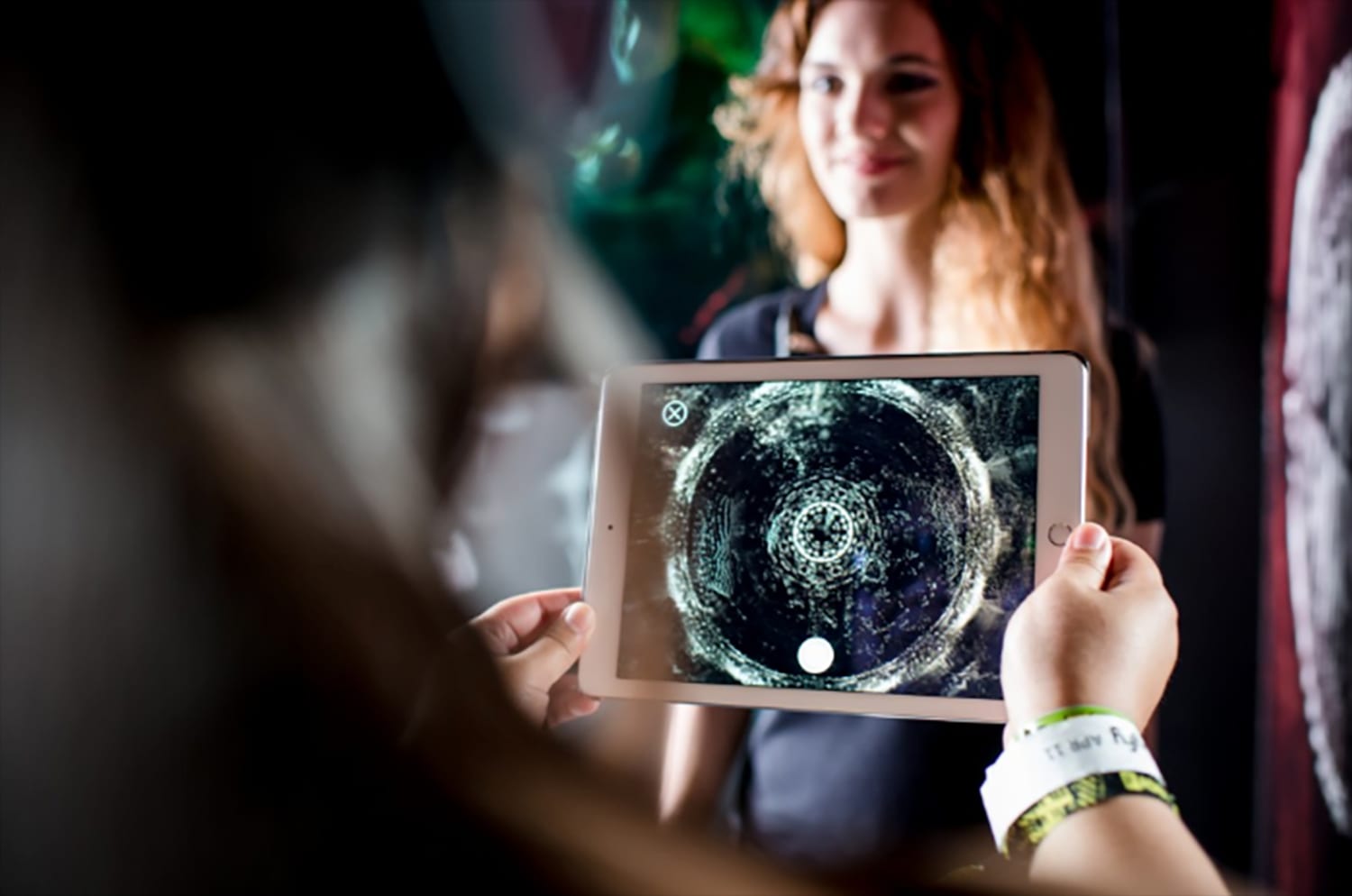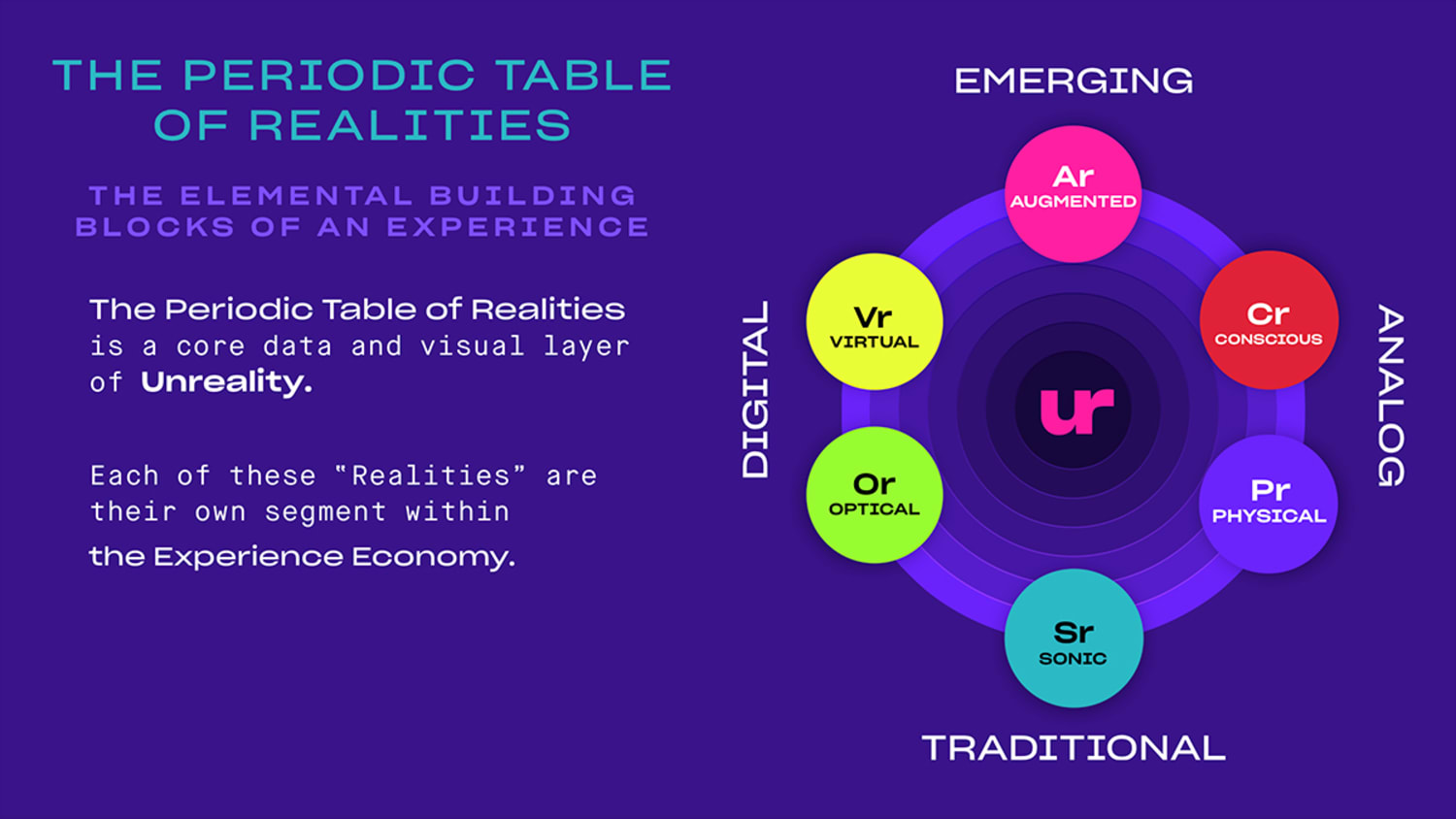Take a look at our periodic table of reality. One of the ways we’re trying to bridge this gap is through language and graphic representation. Look at the center of the periodic table: “you are.” That’s the center of everything; you are existence, consciousness, business. You are. You exist! You get to perceive all six of these realities, simultaneously. How cool is that? Our whole platform is based on this idea.
How does Unreality work?
There are three main elements to it. The first is basically a workforce community; jobs, resources, tools, direct connections to find the specific creator that you need. There are amazing creator platforms out there, but they’re not for the experience economy. Creatives are just the tip of the iceberg for this industry. There are so many more below-the-line people and finding them is even harder than finding the creative people, but without them you can’t do anything. So, we’ve created essentially a two-sided marketplace for that economy.
Then, rentable experiences. Like a digital graffiti experience in a box, or an immersive dome rental. Any sort of physical experience package; like Airbnb, you can rent my farm, or you can rent my dome on our platform. And there are tens of thousands of cool things that can be rented in this marketplace. And then on the digital side of that, you have a digital immersive marketplace. So all the digital premade content out there that’s licensable will be available on the Unreality marketplace as well.
And then finally, the third main component of it is the database. There is no IMDB for experiences; it doesn’t exist. There’s no central place where you can find out who did what on anything. And so we’re building that, because everyone wants to be known and credited. And so when you’re building your events page or virtual experience page, you’re crediting everyone involved and that’s going to feed into this centralized database. It’s kind of like a Linkedin for experiences, plus an Airbnb for experiences, plus an IMDB for experiences.






